Search

Requirements for Food Entrepreneurs Selling Food in South Dakota
Throughout the country and in the state of South Dakota, people are showing more interest in selling their own food products and starting their own business

Communities Facing Disasters: Helpful Checklists
Whether communities are planning for, experiencing, or recovering from a disaster, checklists are helpful. View some helpful checklists created by experienced people who know what is needed during any stage of a disaster.
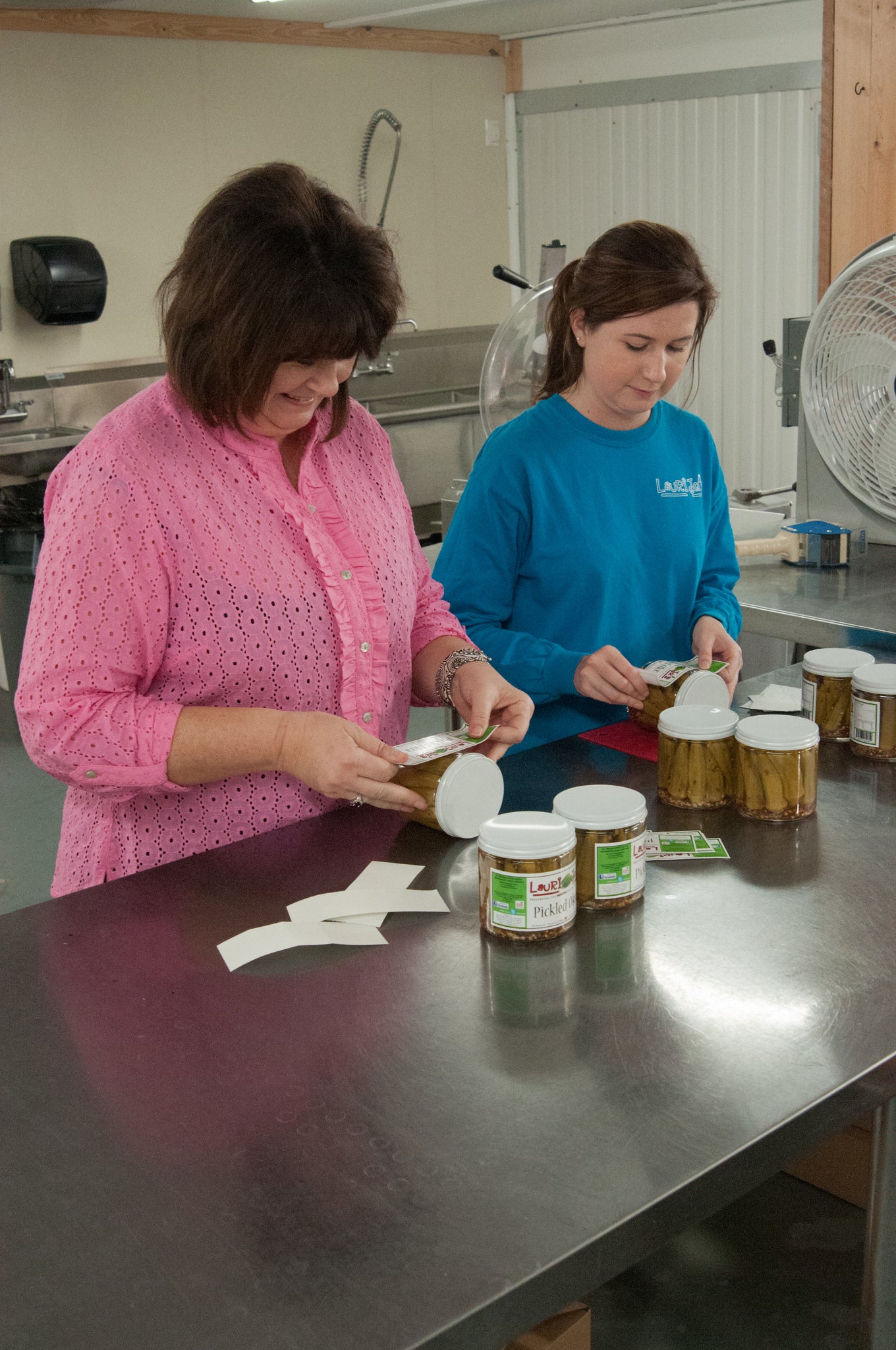
Labeling of Prepared and Processed Foods in South Dakota
Labeling requirements vary in accordance with the type of food that is being sold and in several instances how or where it was prepared or processed.

Sorghum Weed Control
Early competition, especially from grass, is critical for successfully controlling weeds in sorghum. There are preemergence as well as postemergence herbicides available for this crop. Early treatment provides the best control of broadleaved weeds with crop stage also being a critical factor for some postemergence treatments.
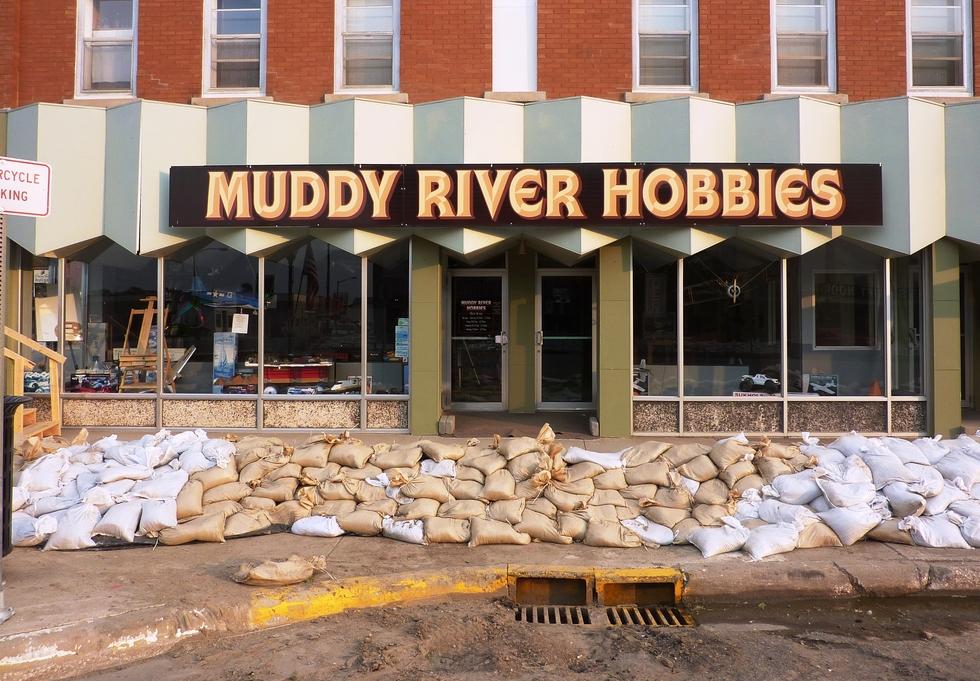
Managing Disaster Recovery for Your Small Business
What do you do when your small business is hit by a disaster such as a flood, tornado, fire or other natural disaster? Many times, with the day to day work of operating a business, we sometimes forget about what we have in our disaster plan.
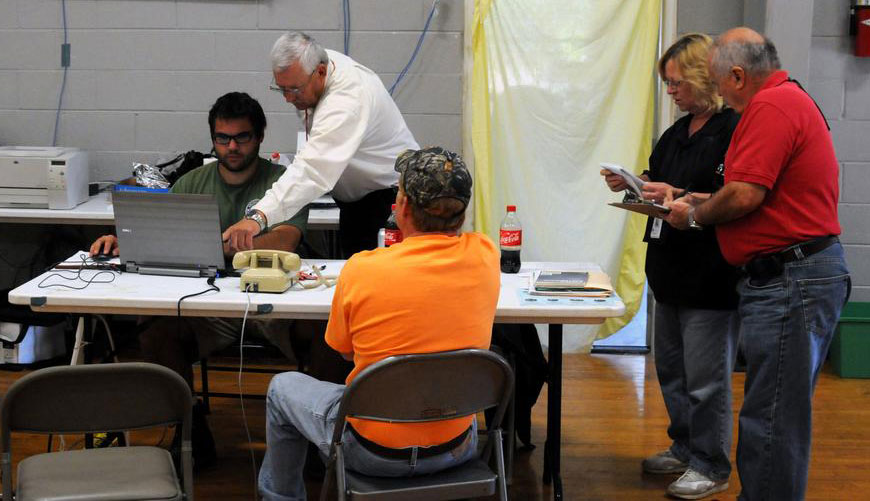
Every Disaster is Local First
If you are experiencing a disaster, it is a local disaster. Your best chance for immediate help before, during, or after a disaster is local.
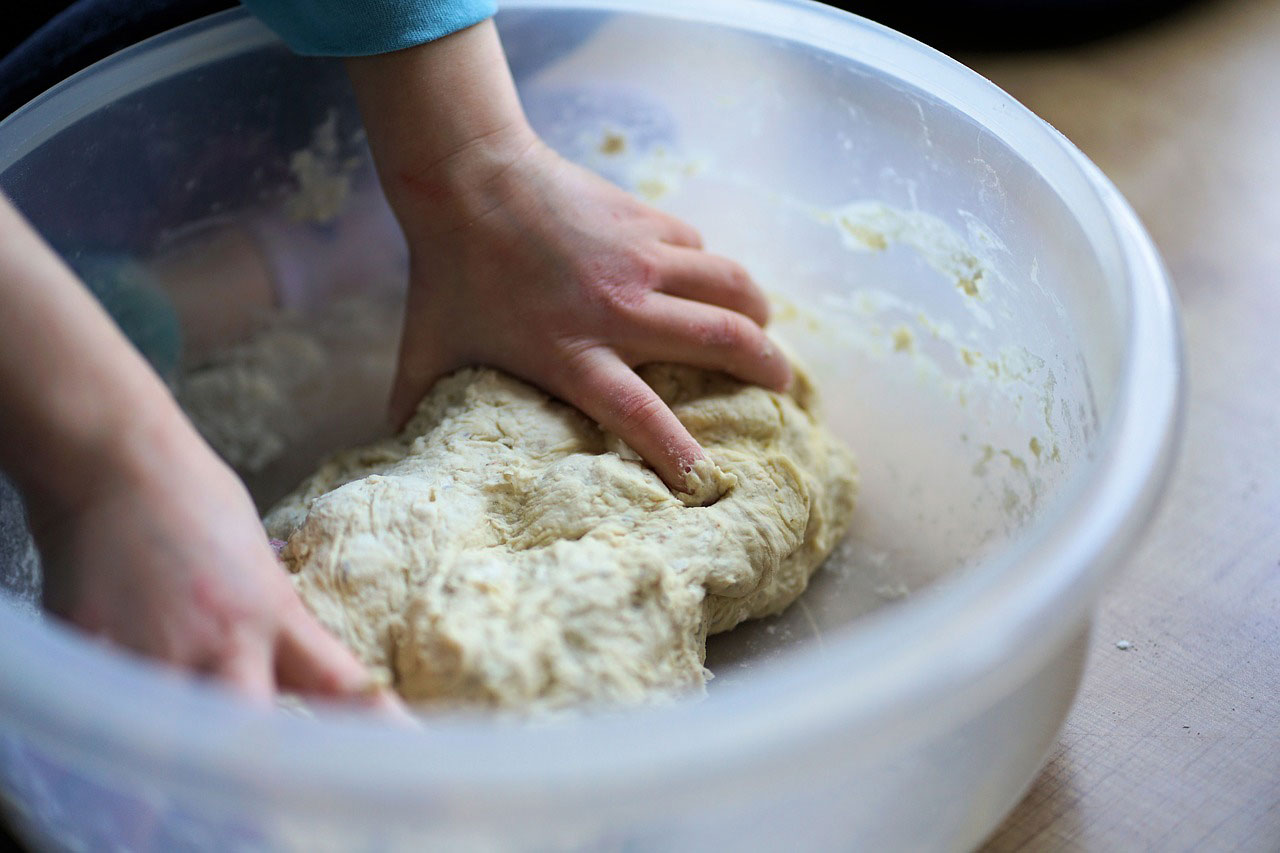
Hydrated Doughs and Batters: How to Safely Handle Food Safety Risks
Making dough and batter is one of the intermediary steps on your way to enjoying great foods, such as scones, cookies, cakes, donuts, pies and more. This article will help you understand the food safety risks associated with food types that have a hydrated batter.

Sun-Drying Corn
Fact sheet on sun-drying corn

Solar Drying Fruit and Vegetables
Fact sheet on solar drying fruits and vegetables
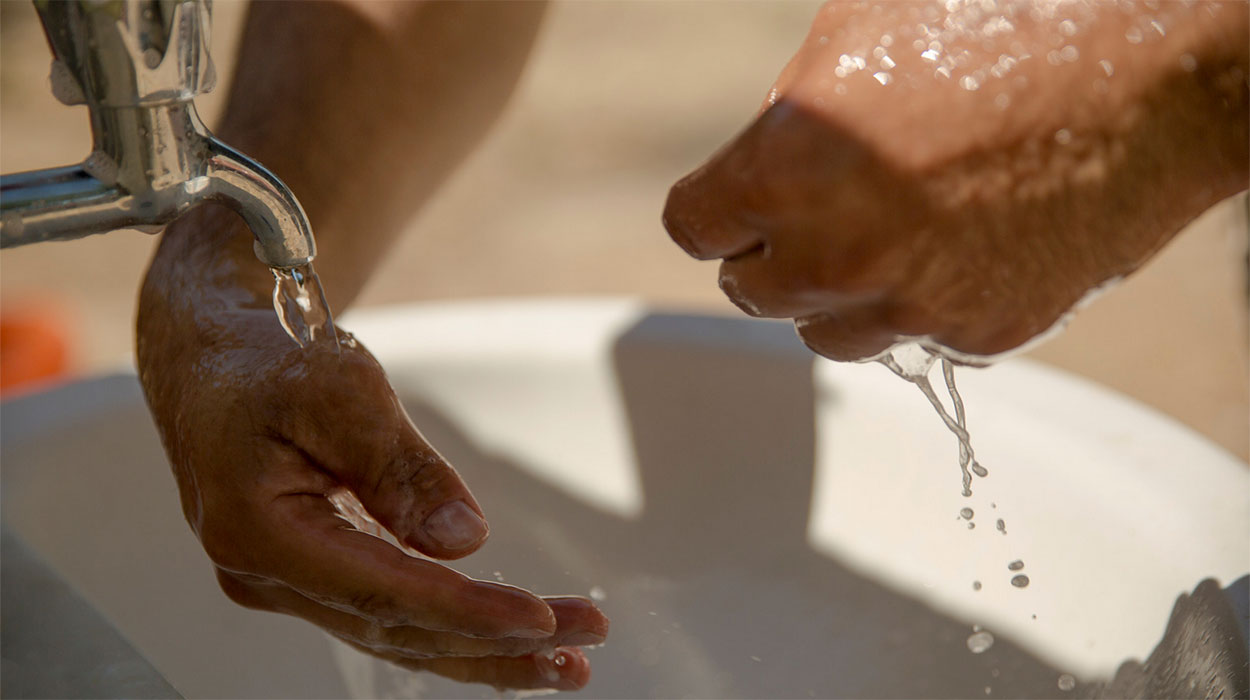
Temporary Hand Washing Stations at Farmer's Market, Food Stands, in the Field
Fact sheet on temporary hand washing stations